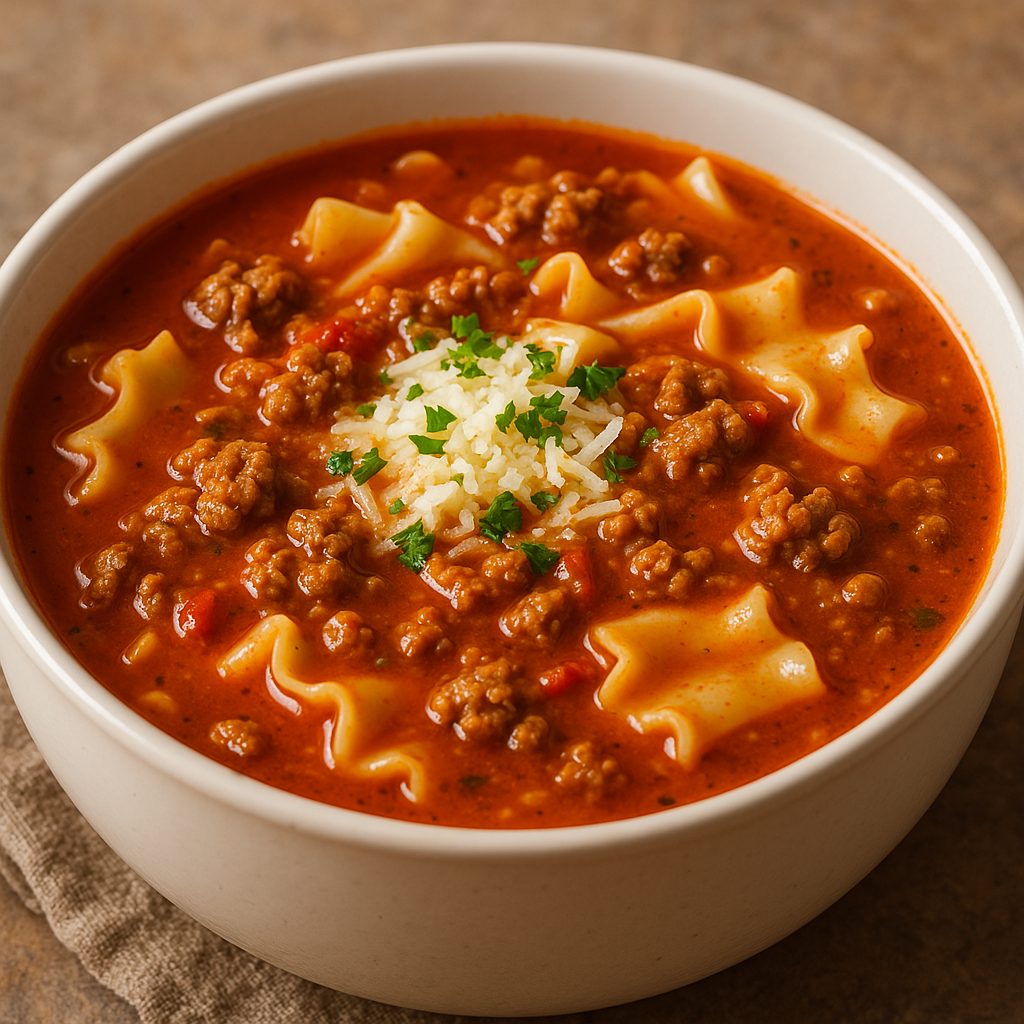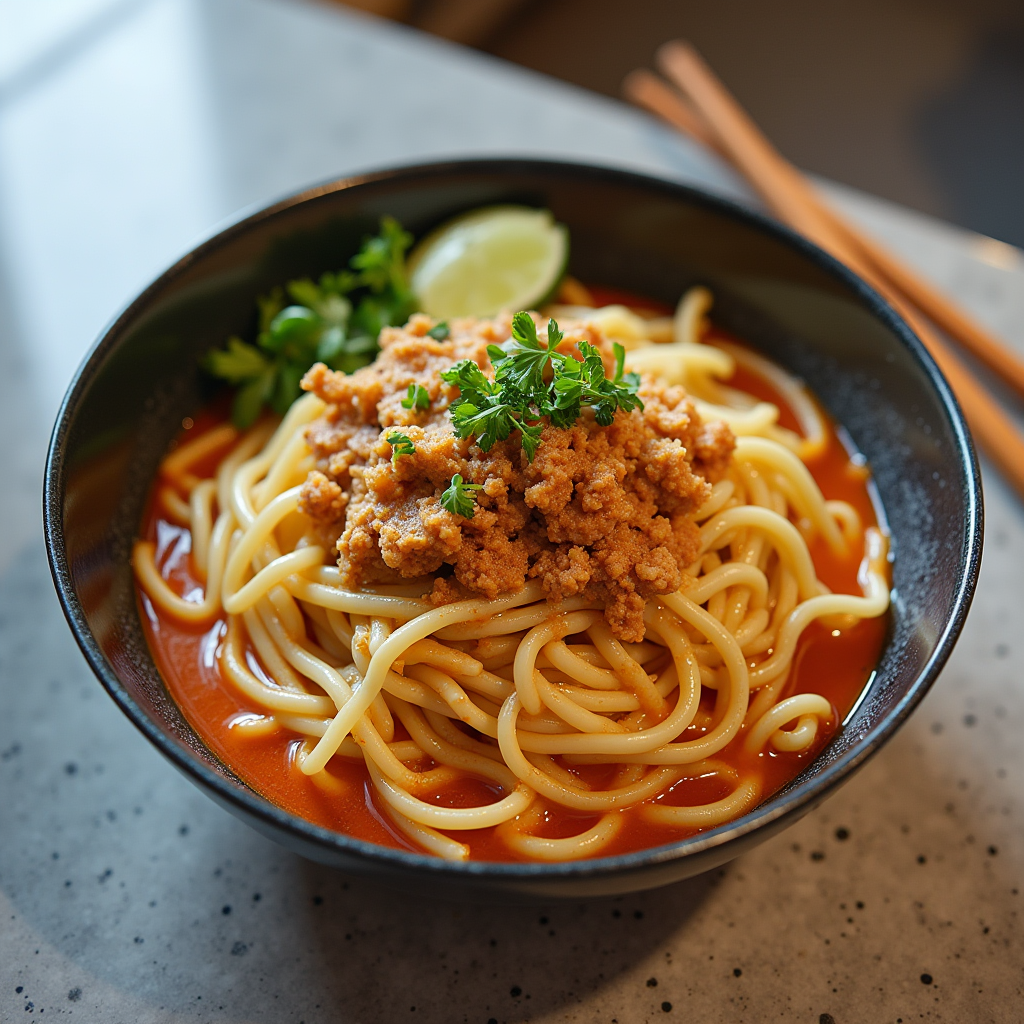
There’s something magical about a plate of perfectly cooked pastasciutta recipe —tender pasta coated in a rich, flavorful sauce that embodies the heart of Italian cuisine. This beloved dish, with its simple yet profound flavors, has been a staple in Italian homes for generations. Whether served with a classic tomato sauce, a garlicky aglio e olio, or a hearty meat ragù, pastasciutta is a celebration of comfort and tradition.
In this guide, we’ll walk you through the secrets to making authentic pastasciutta, from selecting the right ingredients to mastering the cooking techniques that ensure a perfect al dente bite. Let’s dive into the delicious world of this timeless Italian classic!
Table of Contents
Key Takeaways
- Origin: Pastasciutta (literally “dry pasta”) is a traditional Italian dish emphasizing perfectly cooked pasta paired with a well-balanced sauce.
- Versatility: Can be made with various pasta shapes (spaghetti, penne, rigatoni) and sauces (tomato-based, olive oil, cream, or meat).
- Essential Ingredients: High-quality durum wheat pasta, extra-virgin olive oil, garlic, tomatoes (if using a red sauce), and fresh herbs.
- Cooking Secret: The key is al dente pasta—firm to the bite—and reserving pasta water to emulsify the sauce.
- Serving Style: Traditionally served as a primo piatto (first course) in Italy, often followed by a protein or vegetable dish.
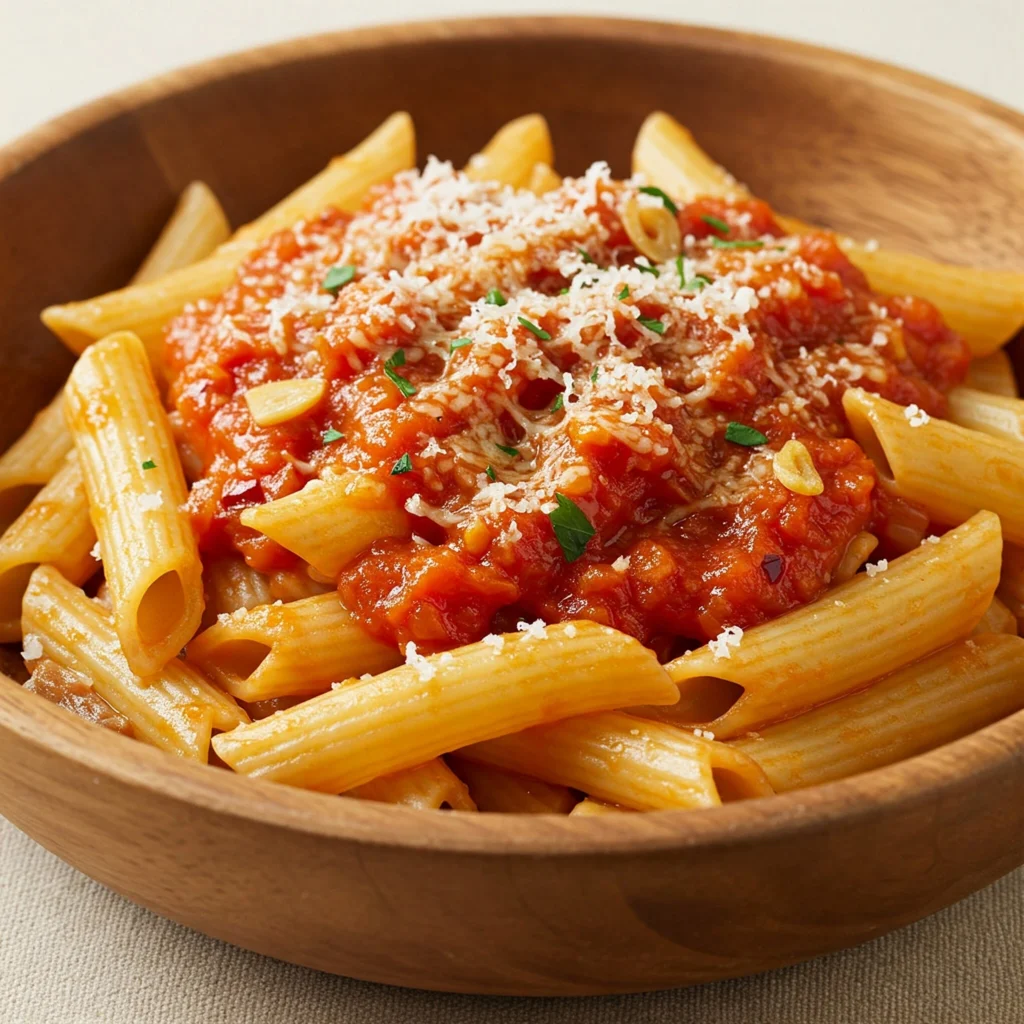
Cultural Heritage: The Story Behind Pastasciutta
Pastasciutta is more than just a meal—it’s a symbol of Italian culinary tradition. The term comes from pasta asciutta, meaning “dry pasta,” distinguishing it from soups or pasta cooked in broth. This dish gained popularity in the 19th century as dried pasta became widely accessible, making it a convenient yet delicious option for Italian families.
Each region in Italy has its own variation:
- Northern Italy favors butter-based sauces (like Alfredo) or rich ragùs.
- Central Italy is famous for cacio e pepe and amatriciana.
- Southern Italy leans toward garlic, olive oil, and fresh tomato sauces.
Pastasciutta remains a cornerstone of Italian home cooking, embodying simplicity, quality ingredients, and timeless flavor.
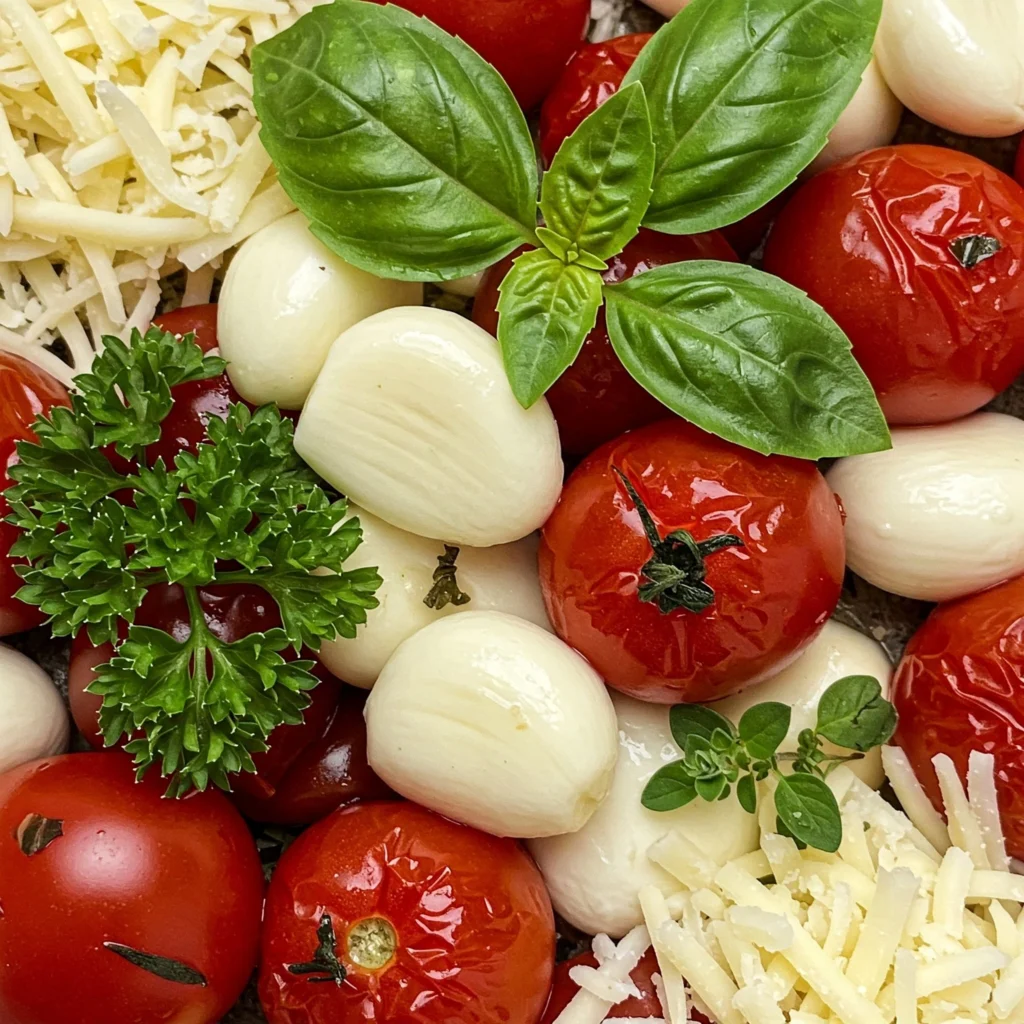
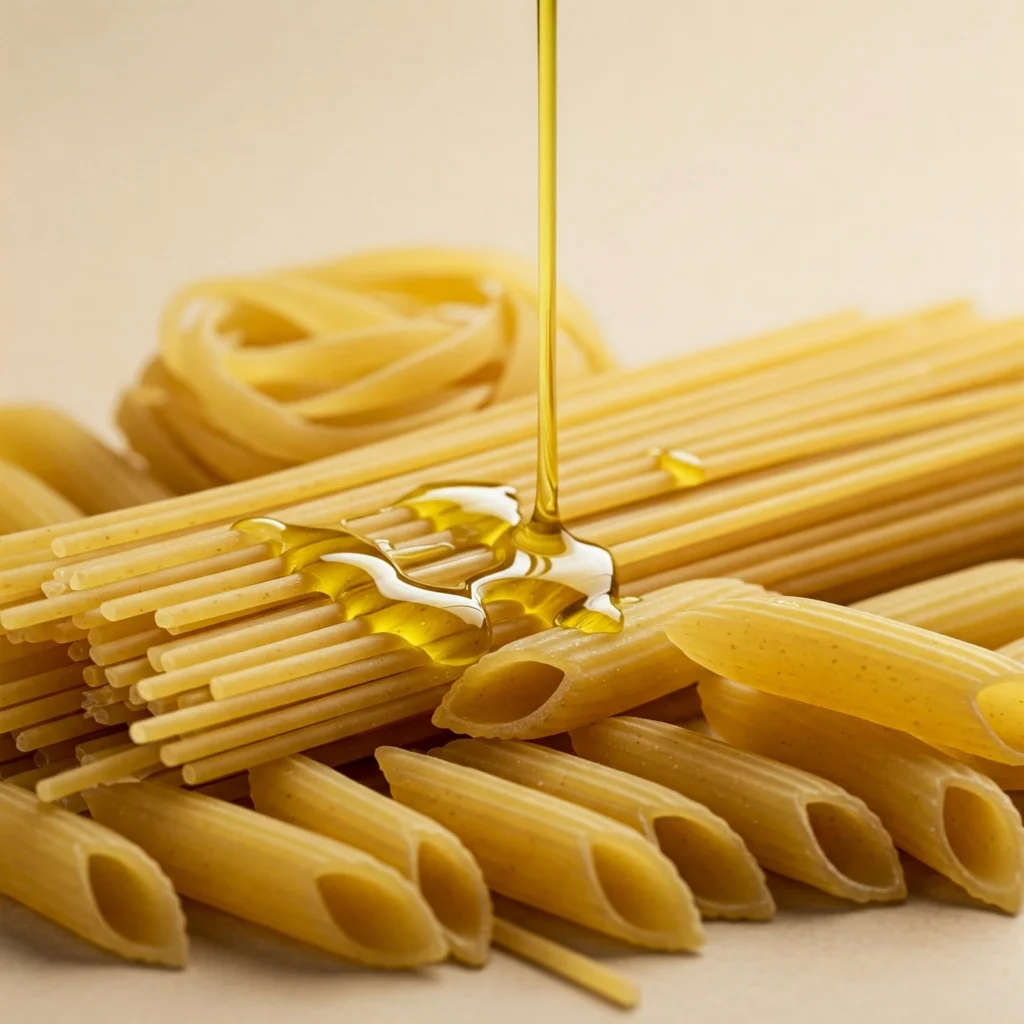
Essential Ingredients for Authentic Pastasciutta
To make the perfect pastasciutta, you’ll need:
- Pasta: Choose high-quality durum wheat semolina pasta (spaghetti, penne, or rigatoni work well).
- Olive Oil: Extra-virgin olive oil is a must for sautéing and finishing.
- Garlic: Fresh garlic adds depth to oil-based sauces.
- Tomatoes (if using a red sauce): San Marzano tomatoes are ideal for their sweetness.
- Fresh Herbs: Basil, parsley, or oregano enhance freshness.
- Cheese: Parmigiano-Reggiano or Pecorino Romano for grating.
- Pasta Water: Salty, starchy water helps bind the sauce.
Preparation: The Secret to Perfect Pastasciutta
1. Cooking the Pasta
- Use a large pot with plenty of boiling salted water (it should taste like the sea).
- Cook until al dente (usually 1 minute less than the package instructions).
- Reserve 1 cup of pasta water before draining.
2. Preparing the Sauce
- For aglio e olio: Sauté garlic in olive oil until golden, then toss with pasta and chili flakes.
- For tomato sauce: Simmer crushed tomatoes with garlic, basil, and a pinch of sugar.
- For carbonara: Mix eggs, Pecorino, guanciale, and pasta water for a creamy texture.
Secret to Authentic Seasoning
- Salt the pasta water generously—this is your only chance to season the pasta itself.
- Finish with pasta water to help the sauce cling to the noodles.
- Add fresh herbs at the end to preserve their aroma.
- Grate cheese on top just before serving for maximum flavor.
Step-by-Step Cooking Method
- Boil the pasta in salted water until al dente.
- Sauté base ingredients (garlic, onions, or pancetta) in olive oil.
- Add sauce components (tomatoes, cream, or egg mixture).
- Toss in the pasta with a splash of reserved pasta water.
- Stir vigorously to emulsify the sauce.
- Garnish with herbs and cheese, then serve immediately.
Common Mistakes to Avoid
- Overcooking the pasta – It should be firm, not mushy.
- Skipping pasta water – This helps thicken and bind the sauce.
- Using pre-grated cheese – Freshly grated melts better.
- Adding oil to pasta water – It prevents sauce from sticking to the noodles.
Traditional Side Dishes & Accompaniments
- Garlic bread or bruschetta
- Fresh green salad with lemon vinaigrette
- Grilled vegetables (eggplant, zucchini)
- Antipasto platter (olives, cured meats, cheeses)
Storage and Reheating Guidelines
- Refrigerate leftovers in an airtight container for up to 3 days.
- Reheat with a splash of water or olive oil in a pan (microwaving can dry it out).
- Avoid freezing cream-based sauces, as they may separate.
Conclusion: Bring Italy to Your Kitchen
Pastasciutta is a dish that speaks to the soul—simple, flavorful, and deeply satisfying. Whether you’re making a quick aglio e olio or a slow-simmered ragù, the key lies in quality ingredients and proper technique.
Now it’s your turn! Try this recipe, share your twist in the comments, and let us know how it turned out. Buon appetito!
FAQ: Your Pastasciutta Questions Answered
Q: Can I use fresh pasta instead of dried?
A: Yes, but adjust cooking time (fresh pasta cooks much faster).
Q: What’s the best pasta shape for pastasciutta?
A: Long pasta (spaghetti, linguine) or short shapes (penne, rigatoni) work well.
Q: How do I prevent my pasta from sticking together?
A: Stir immediately after adding to boiling water and use enough water.
Q: Can I make pastasciutta vegan?
A: Absolutely! Use olive oil-based sauces and nutritional yeast instead of cheese.
Q: Why is my sauce watery?
A: You may have added too much pasta water—reduce it next time or simmer longer.
Loved this recipe? Share your pastasciutta creations with us on social media! #PastasciuttaPerfection

